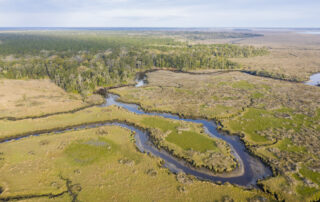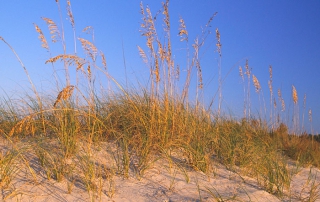A category to hold content for habitats of concern widgets
Georgia Partnerships Conserves over 26,000 Coastal Acres for Priority Species
Red Knot. USFWS The Georgia Dept of Natural Resources (GADNR), with many conservation partners, is in the process of protecting 26,278 acres of salt marshes, tidal creeks, freshwater wetlands, maritime forests, and longleaf pine and wiregrass savannah in coastal Georgia. Located just across the Intracoastal Waterway from Cumberland Island National Seashore, Cabin Bluff [...]










